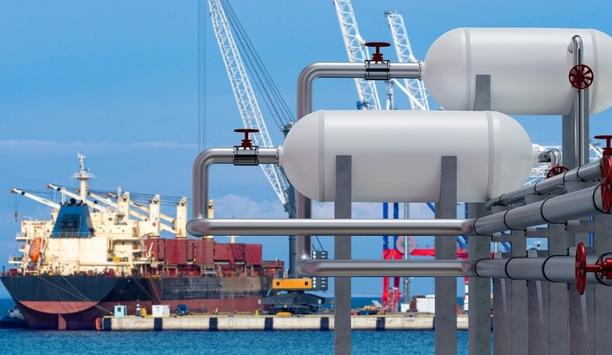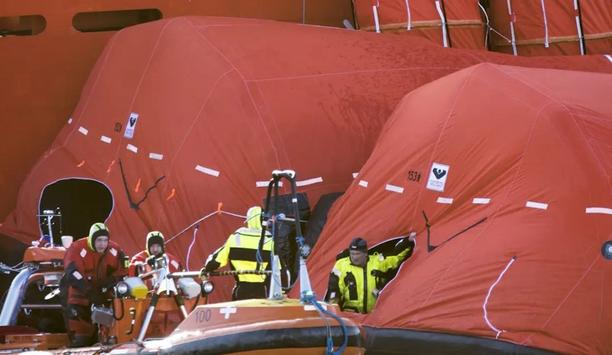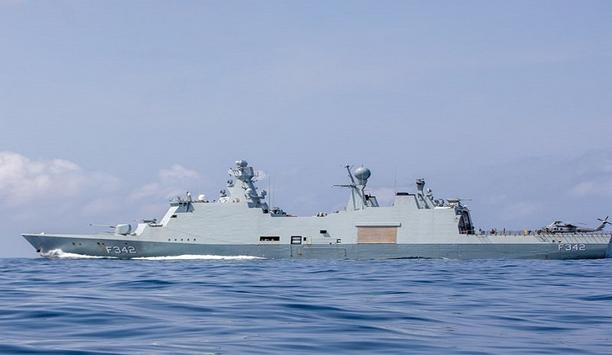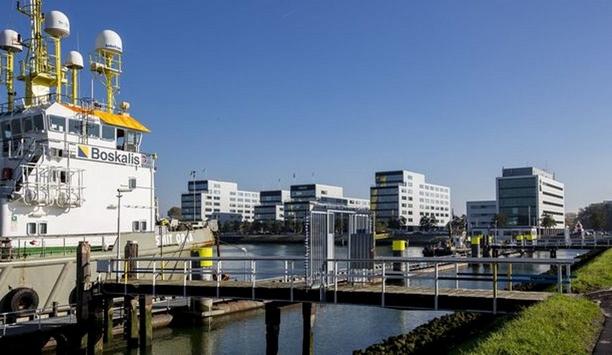Rolls-Royce is entering the hydrogen production market and acquiring a 54% majority stake in electrolysis stack specialist Hoeller Electrolyzer, whose innovative technology will form the basis of a new range of MTU electrolyser products from its Power Systems division.
Hoeller Electrolyzer, based in Wismar, Germany, is an early-stage technology company that is developing highly efficient polymer electrolyte membrane (PEM) stacks, under the brand name Prometheus, for the cost-effective production of hydrogen.
Green energy transition
Hydrogen is an increasingly attractive power source to fuel the green energy transition and demand for ‘green’ hydrogen whose production creates no CO2 is expected to rise significantly.
It is needed for fuel cells and hydrogen engines, for the production of synthetic ‘drop-in’ fuels, and for industrial processes that currently use hydrogen that is not created in a carbon-neutral process. Consequently, high-performance electrolysers are a key component of any hydrogen system.
Hydrogen solutions
Our hydrogen solutions will enable customers to store renewably produced energy in the form of hydrogen for use"
Dr. Otto Preiss, COO and Chief Technology Officer, Rolls-Royce Power Systems, said, “By developing our MTU electrolysers and by taking a majority stake in Hoeller Electrolyzers, we are methodically growing our hydrogen portfolio and securing access to this fascinating technology, which is not a pipe dream but has great market potential."
"This will enable us to supply complete hydrogen solutions and make a significant contribution to protecting the climate. Our complete hydrogen solutions will enable customers to store renewably produced energy in the form of hydrogen for use as and when required, or for further processing or onward sale.”
Carbon-neutral hydrogen
In hydrogen electrolysis, water is subjected to DC electrical current, producing hydrogen at the negative pole and oxygen at the positive pole. In this way, it is possible to produce carbon-neutral hydrogen by using electricity from renewable sources such as solar or wind.
The electrochemical reaction takes place in a cell between plate-shaped electrodes separated by membranes. Hundreds of cells located one above the other and pressed together form a 'stack', the heart of an electrolyser.











